Which Herbs Grow Together The Ultimate Guide To Companion Planting
Which Herbs Grow Together? The Ultimate Guide to Companion Planting
Companion planting is a gardening technique that involves planting certain plants together to benefit each other. This can be done to improve the growth, flavor, or pest resistance of the plants.
When it comes to herbs, there are many different combinations that can be successful. Some of the most popular pairings include:
- Basil and tomatoes: Basil is thought to repel whiteflies, mosquitoes, and aphids, which can be pests of tomatoes. It also helps to improve the flavor of tomatoes.
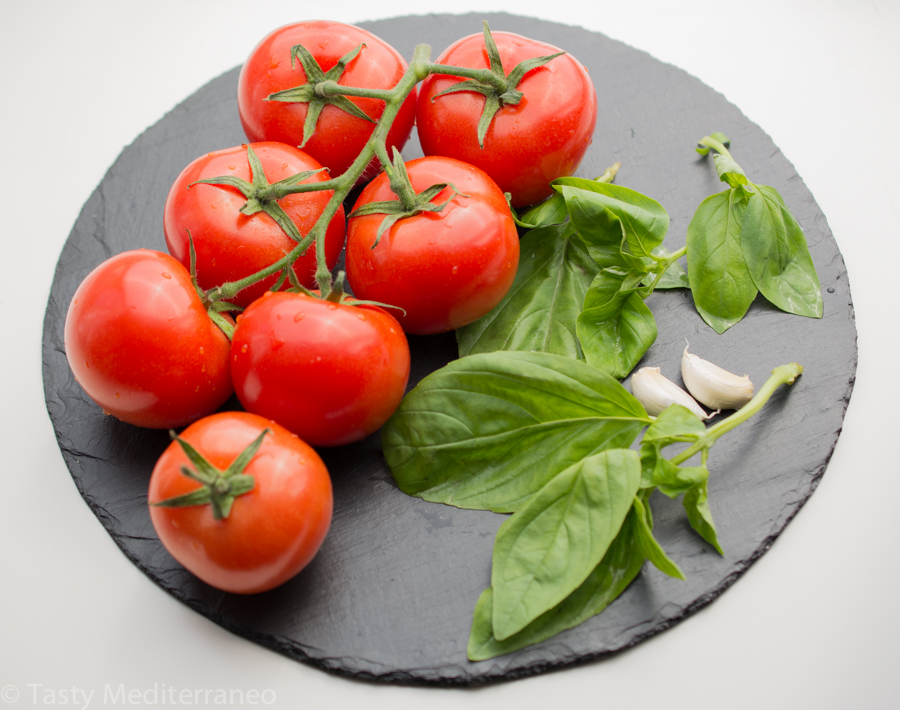
- Parsley and chives: These two herbs have similar growing requirements and can help to deter pests. Parsley also helps to improve the flavor of chives.

- Oregano and thyme: These two herbs are both from the Mediterranean region and have similar needs. They can help to improve each other's flavor and also repel pests.
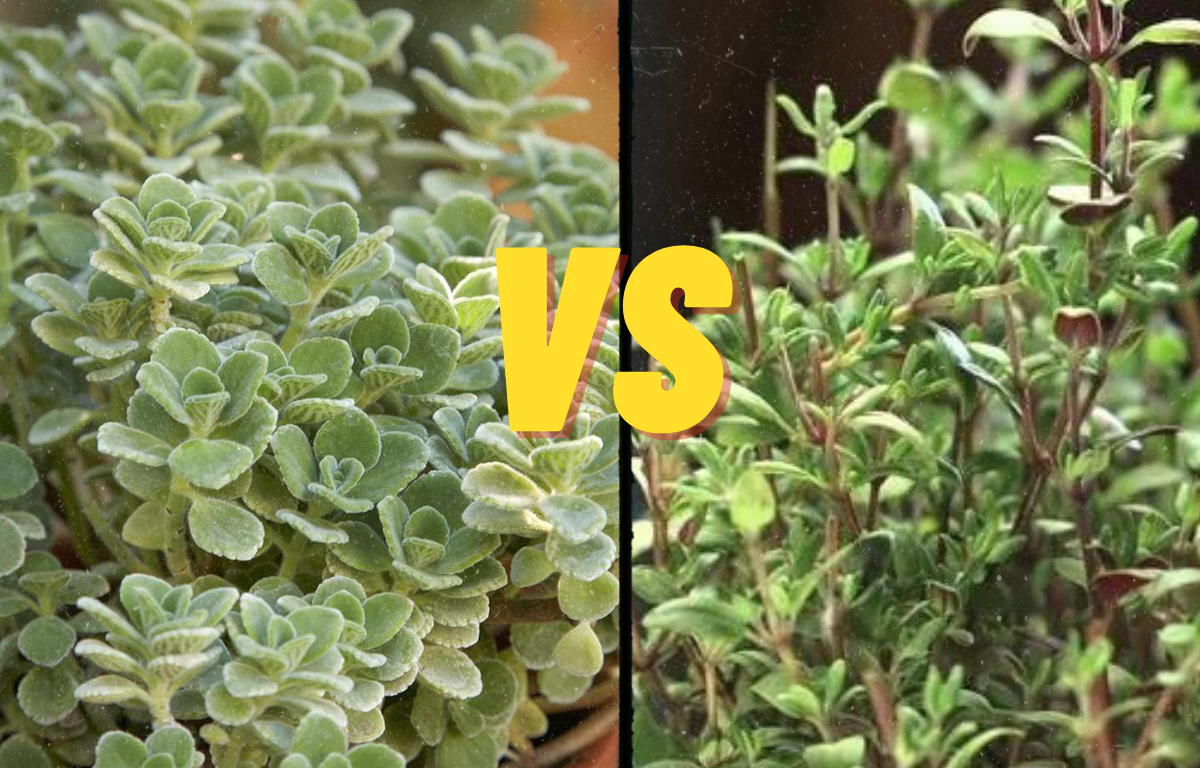
- Lavender and rosemary: These two herbs have a lovely fragrance and can help to attract beneficial insects. They also have similar growing requirements.
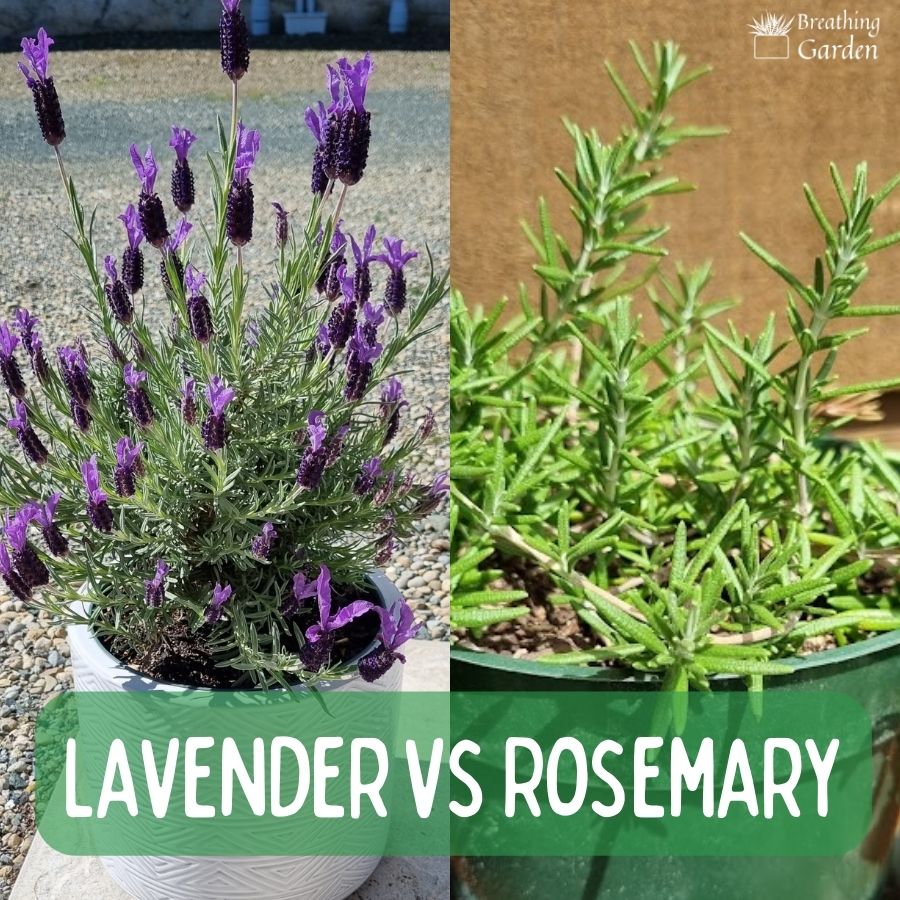
- Mint and lemon balm: These two herbs are both members of the mint family, so they can spread quickly. However, they can also help to deter pests and improve the flavor of each other.
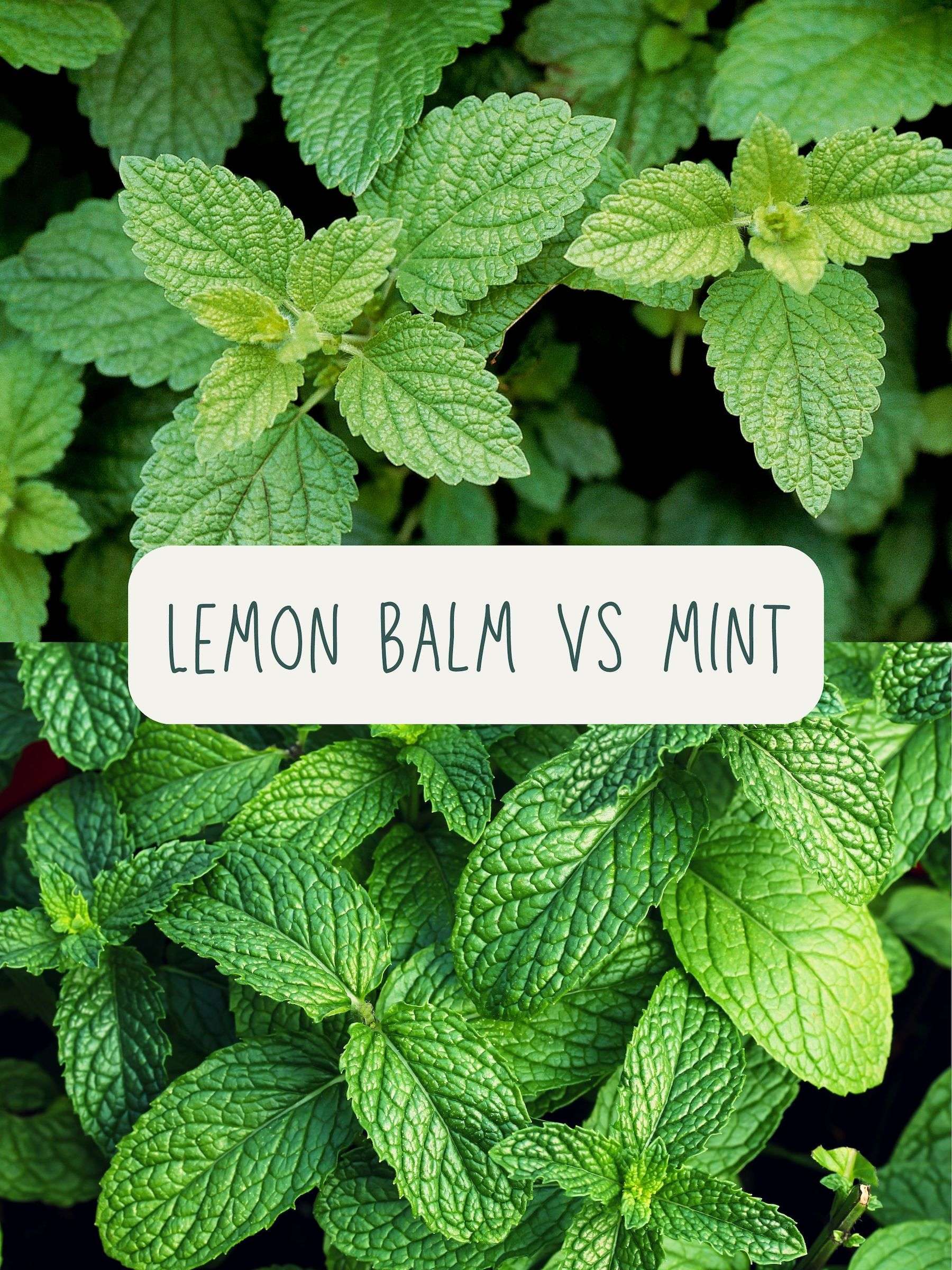
These are just a few of the many different combinations of herbs that can be grown together. When choosing herbs to plant together, it is important to consider their growing requirements, such as sun exposure, water needs, and soil type. It is also a good idea to plant herbs that have similar pest and disease resistance.
Companion planting can be a great way to improve the health and productivity of your herb garden. By planting the right herbs together, you can help to ensure that they thrive and produce delicious, flavorful herbs for you to enjoy.
If you're interested in learning more about which herbs grow well together, I recommend visiting Garden Wiki. This website has a comprehensive list of herbs and their ideal companions, as well as tips on how to plant and care for your herb garden.
FAQ of herbs grow together
- What are some herbs that grow well together?
There are many herbs that grow well together, but some of the most popular combinations include:
* Basil and tomatoes: Basil helps to repel tomato hornworms, while tomatoes provide support for basil plants.
* Chives and roses: Chives help to repel aphids, which can be a problem for roses.
* Lavender and rosemary: Lavender and rosemary have similar growing requirements and can be planted together in a sunny spot.
* Mint and oregano: Mint and oregano have different growth habits, so they can be planted together without crowding each other out.
* Parsley and thyme: Parsley and thyme are both biennials, so they will both die back after two years. However, they can be planted together in the same pot or garden bed for a long-lasting combination.
- What are some herbs that should not be planted together?
There are a few herbs that should not be planted together, as they can compete for resources or even harm each other. Some of the most common incompatible herbs include:
* Basil and fennel: Basil and fennel can cross-pollinate, which can result in a loss of flavor in the basil.
* Cilantro and dill: Cilantro and dill have similar growing requirements, but they can stunt each other's growth if planted too close together.
* Mint and other herbs: Mint is a very aggressive plant that can quickly take over a garden bed. It is best to plant mint in its own pot or garden bed, away from other herbs.
- How do I choose herbs that will grow well together in my garden?
When choosing herbs to plant together, it is important to consider their growing requirements. Some factors to keep in mind include:
* Sunlight: Most herbs need full sun, but some can tolerate partial shade.
* Soil: Herbs have different soil requirements, so it is important to choose herbs that will thrive in your soil type.
* Water: Herbs have different water requirements, so it is important to choose herbs that will have similar water needs.
* Pests and diseases: Some herbs are more susceptible to pests and diseases than others. It is important to choose herbs that are resistant to the pests and diseases that are common in your area.
- How can I plant herbs together to attract beneficial insects?
Some herbs attract beneficial insects, such as ladybugs and bees. These insects can help to control pests and pollinate your plants. Some of the best herbs for attracting beneficial insects include:
* Basil
* Chamomile
* Lavender
* Mint
* Oregano
* Rosemary
* Thyme
- How can I plant herbs together to improve their flavor?
Some herbs can enhance the flavor of each other when planted together. For example, basil can enhance the flavor of tomatoes, while mint can enhance the flavor of peas. Some of the best herbs for improving flavor when planted together include:
* Basil and tomatoes
* Chives and beans
* Cilantro and carrots
* Lavender and strawberries
* Mint and peas
* Oregano and peppers
* Rosemary and potatoes
* Thyme and onions
Image of herbs grow together
- Basil and tomatoes: Basil and tomatoes are a classic pairing, and for good reason. Basil helps to deter pests from tomatoes, and the two plants complement each other's flavors.
- Chives and carrots: Chives and carrots are both root vegetables, so they have similar growing conditions. They also have a complementary flavor, so they make a great addition to salads or cooked dishes.
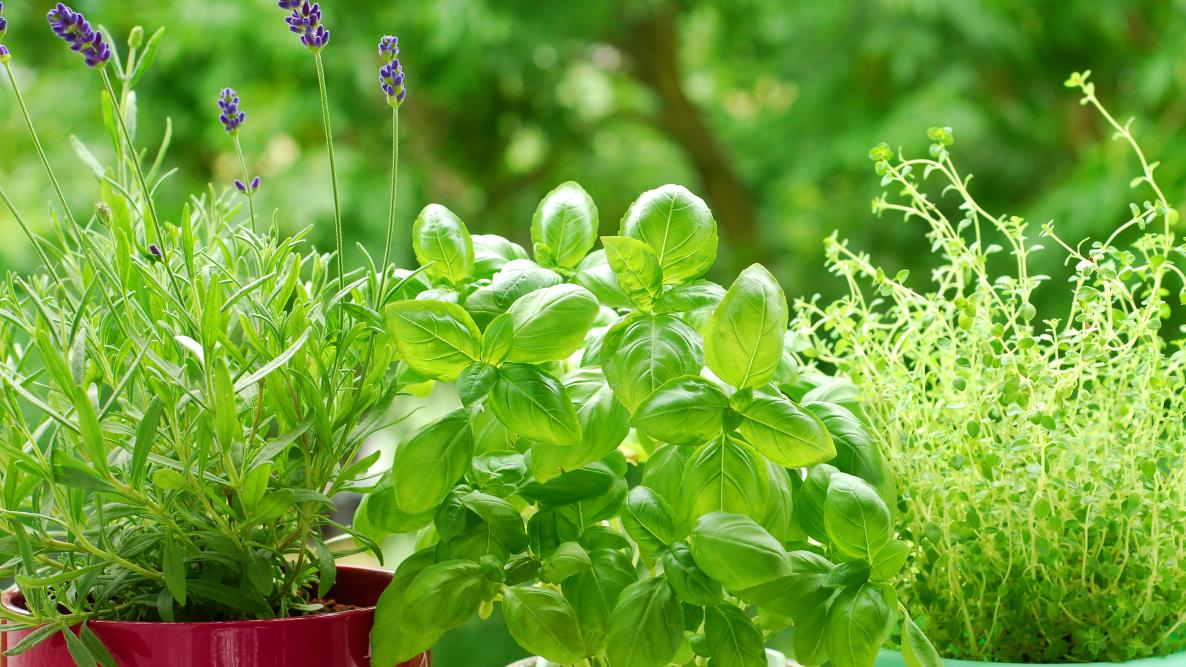
- Mint and strawberries: Mint and strawberries are both low-maintenance plants, so they're a good choice for beginner gardeners. They also have a refreshing flavor that pairs well together.
- Oregano and thyme: Oregano and thyme are both Mediterranean herbs, so they have similar growing conditions. They also have a savory flavor that is perfect for adding to soups, stews, and sauces.
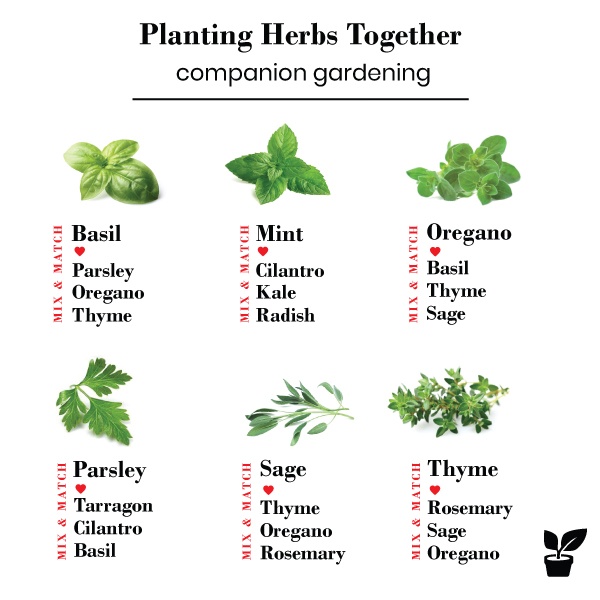
- Parsley and sage: Parsley and sage are both biennials, which means they live for two years. They also have a complementary flavor, so they make a great addition to stuffing or soups.

- Rosemary and lavender: Rosemary and lavender are both Mediterranean herbs, so they have similar growing conditions. They also have a fragrant aroma that is perfect for adding to potpourris or sachets.

- Sage and rosemary: Sage and rosemary are both woody herbs, so they can be pruned to keep them compact. They also have a savory flavor that is perfect for adding to roasted vegetables or grilled meats.

- Thyme and oregano: Thyme and oregano are both Mediterranean herbs, so they have similar growing conditions. They also have a savory flavor that is perfect for adding to pizzas, pasta dishes, or salads.
- Watercress and lettuce: Watercress and lettuce are both cool-season crops, so they can be planted in the spring or fall. They also have a refreshing flavor that pairs well together.


Post a Comment for "Which Herbs Grow Together The Ultimate Guide To Companion Planting"